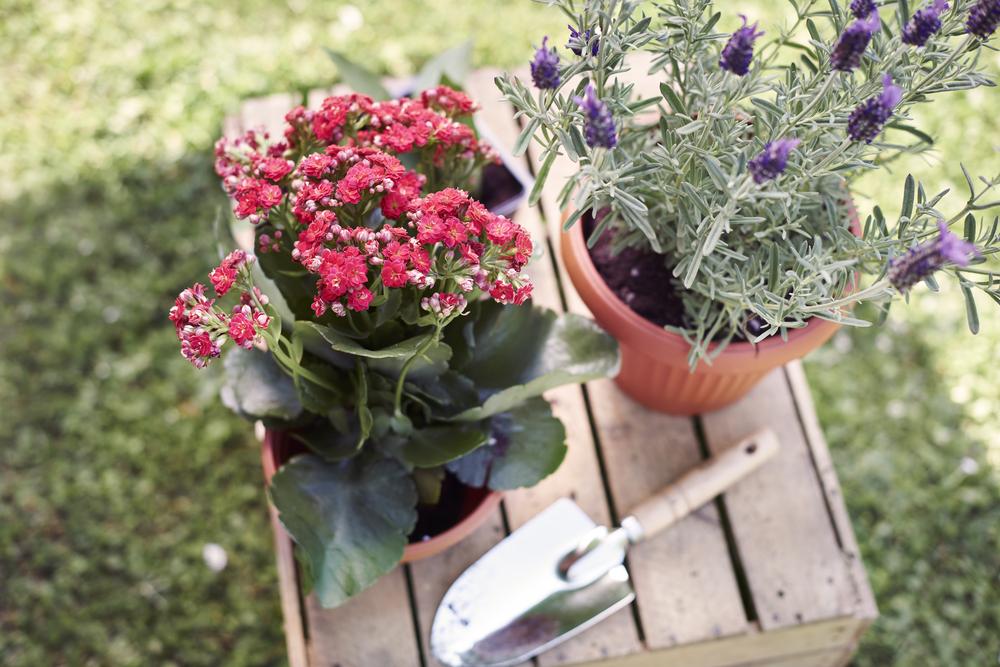
Top 5 Houseplants That Are Poisonous For Cats
Many cats are attentive and mindful of what they eat. There are many others, however, especially kittens, that might not show such judicious judgment. The popular expression, ‘Curiosity Killed The Cat’ might be true in the case of cats getting curious about certain houseplants. Not all, but there are quite a few houseplants that are not good for cats. They are either harmful and cause minor health issues, or as with some houseplants, they can be toxic and others can be deadly too. So here is a list of houseplants that are poisonous for cats. If you already have them in your home or plan to improve your interior decor with some greenery, make sure you avoid these:
Begonia
Perennially flowering, Begonias are ornamental houseplants that are toxic to cats. Especially those cats that like to dog the yard are at more risk with these plants because it is the root, under the soil that is most dangerous. Cats need emergency medical treatment if they ingest this plant. The symptoms of poisoning are intense oral irritation, a burning sensation in the mouth, oral sores and redness around the mouth, swelling of the lips and tongue, refusal to eat or drink because of difficulty swallowing, dehydration, and vomiting.
Dracaena
Some species of Dracaena are used as ornamental houseplants like the variegated Dracaena. A very good-looking container plant, this, however, is toxic to cats when ingested and can dilate their pupils. The saponin is a chemical compound found in this plant that can cause a variety of symptoms like diarrhea, vomiting with or without blood, loss of appetite or anorexia, excessive drooling or hyper-salivation, and even depression.
Golden Pothos
One of the most commonly found houseplants, the Golden Pothos is quite easy to grow indoors and brightens up any living space with its pretty trailing vines. This indoor/outdoor plant is sturdy and can grow almost anywhere, even in low-light, and can withstand infrequent watering. However, when your cat bites any part of this plant, he/she will instantly experience a burning sensation and irritation in their mouth caused by the calcium oxalate crystals present in this. Golden Pothos poisoning can lead to extreme pain in the oral cavity, and pawing at the mouth because of this, vomiting, loss of appetite and excessive drooling.
Nephthytis
These evergreen houseplants can be fatal to cats. Symptoms such as chocking or Dysphagia, diarrhea, vomiting, hyper-salivation, renal failure, shallow rapid breathing or Dyspnea, seizures, and coma can affect cats severely within two hours of ingestion of this plant. Choking sounds can sometimes be made by the cat because the sap of the Nephthytis can cause excruciating needle-like pain in the tongue and throat.
Philodendron
Being able to survive in low-light conditions, the many hundreds of species of Philodendron are quite popular as houseplants. These ornamental plants can be toxic to cats because their leaves contain calcium oxalate crystals. Hence when ingested, it can cause irritation in the gastrointestinal tract starting from the mouth and going up to the stomach and even the intestines. Drooling, abdominal pain, and in some cats, the swelling of the upper airway makes it difficult for them to breathe.


